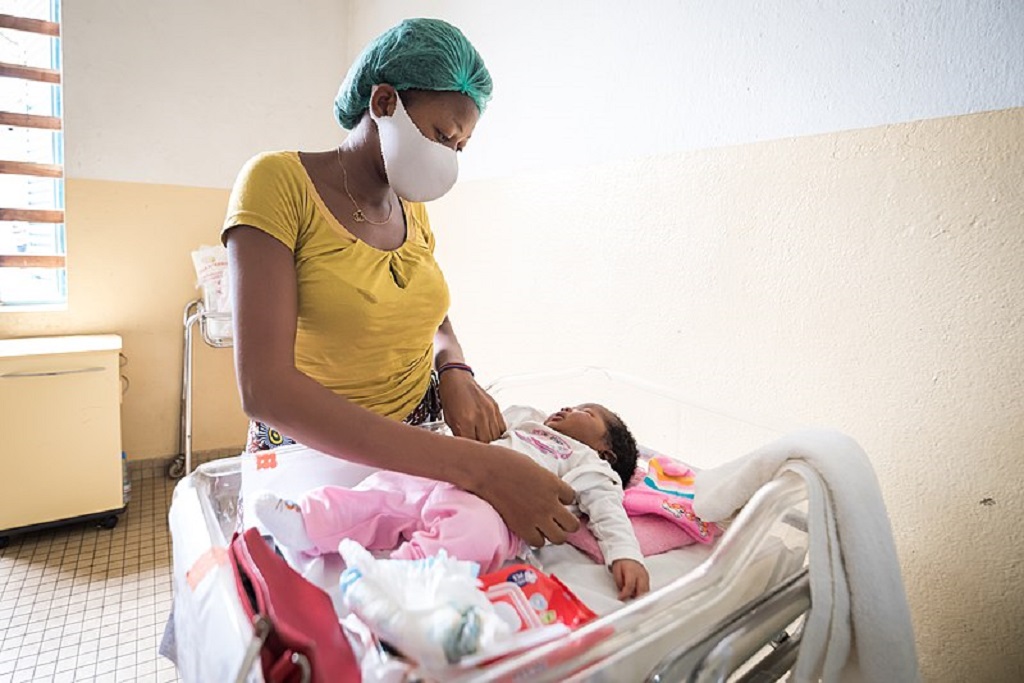- Summary :
- Background and justification :
Malnutrition and infectious disease form a vicious cycle and pose a double threat to vulnerable children in low- and middle-income countries. Every year, hundreds of thousands of children are treated for severe wasting while experiencing repeated and prolonged outbreaks of vaccine-preventable illnesses, most notably measles. Despite progress over the last decade in delivering routine vaccinations to children everywhere, at least 20 million children annually still do not receive immunizations. Northeast Nigeria is at the epicentre of this dynamic, recording some of the worst malnutrition indicators and lowest vaccination coverage rates in the world.
Small-quantity lipid-based nutrient supplements (SQ-LNS) are a class of ready-to-use food supplements highly nutrient-dense and fortified designed for preventing malnutrition and improving child survival, growth, and development. A recent meta-analysis on SQ-LNS reveals that feeding a child just one sachet of SQ-LNS a day for a year can reduce their risk of mortality by 27%, reduce anaemia by 64%, cases of severe wasting by 31% and severe stunting by 17%. The overall strength of evidence on SQ-LNS benefits led the authors of a 2022 Lancet review to call SQ-LNS scaling-up a priority action in 2022.
SQ-LNS also holds promise in incentivizing vaccination as well as other health services. Operational experience from ALIMA in Niger and Doctors Without Borders in Niger and Mali that suggests mass supplementation with LNS products likely had an impact on increasing vaccination coverage and utilization of other preventive and curative services. Moreover, a modelling simulation found that provision of SQ-LNS with measles vaccine would lead to a strong reduction in measles morbidity and mortality.
- Objective :
To estimate the effectiveness of a SQ-LNS mass supplementation program versus routine immunization program in terms of measles vaccine coverage improvement in children aged 12-24 months after 12 months of program implementation
- Main methods :
Parallel two-arm cluster randomized controlled trial with baseline and endline cross-sectional vaccination coverage surveys combined with three sub-studies a) a prospective individual follow-up sub-study, b) a qualitative sub-study on barriers and facilitators of vaccines and SQ-LNS, c) a cost-effectiveness sub-study.
The trial will take place at 20 primary health care centres in the Karasuwa and Nguru Local Government Areas (LGAs) of Yobe State (Northeast Nigeria). Randomization will be stratified on LGA.
Clusters (1 cluster = 1 ward) will be randomly allocated at a ratio of 1:1 to the control and intervention arms:
- Control arm:
1. Vaccination and infant and young child feeding (IYCF) according to the Ministry of Health’s routine plans in the community and at primary health care centres;
2. Community sensitization on vaccination.
- Intervention arm:
1. Vaccination and IYCF according to the Ministry of Health’s routine plans in the community and at primary health care centres.
2. SQ-LNS distributions for all children 6-23 months of age.
In both arms, IYCF and compliance to vaccination messages integrated at health centre and in the community.













